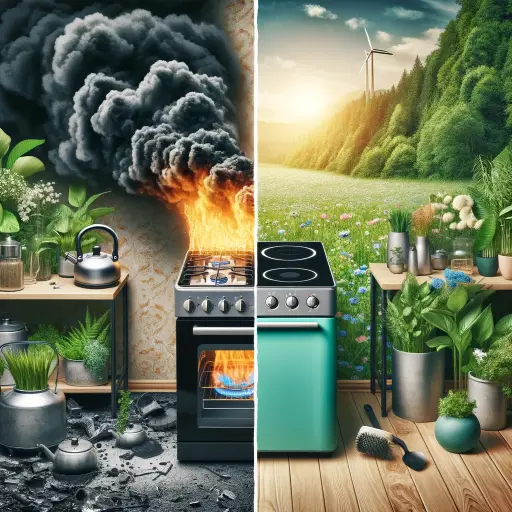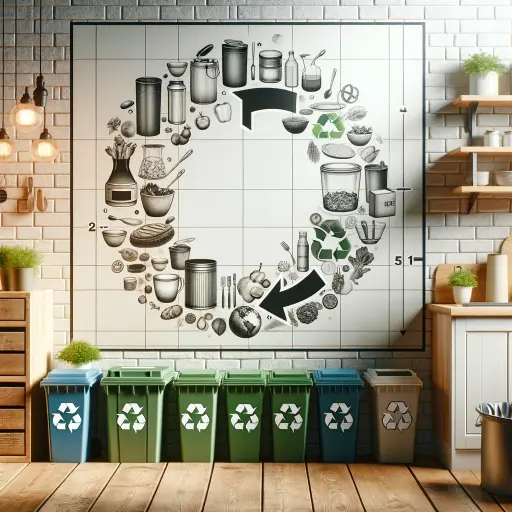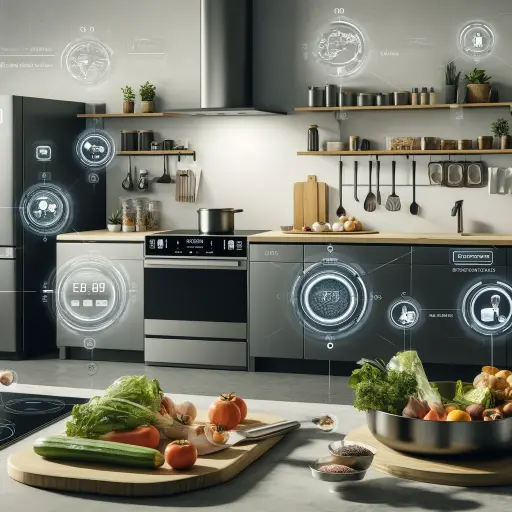Environmental Hazards of Gas Stoves and Eco-Friendly Solutions
Updated: 28 Sep 2024
419
Are gas stoves innocuous kitchen conveniences or silent contributors to environmental degradation? Gas stoves, ubiquitous in households worldwide, are often hailed for their efficiency and convenience. Yet, hidden behind their flames lies a significant environmental concern that warrants attention. In this post, we’ll delve into the environmental hazards posed by gas stoves in our kitchens, exploring the detrimental effects they have on our planet and health. From greenhouse gas emissions to indoor air pollution, we’ll uncover the complexities of this seemingly innocuous appliance.

Albert Einstein once remarked, “We cannot solve our problems with the same thinking we used when we created them.” This sentiment resonates profoundly as we confront the environmental challenges associated with gas stove usage. While these appliances have revolutionized cooking practices, their environmental footprint raises critical questions about sustainability and responsibility. Join us as we navigate through the intricate web of gas stove environmental hazards and discover actionable strategies for mitigating their impact on our planet and well-being.
Environmental Considerations in Cooking
- Energy Consumption: Cooking appliances contribute to household energy consumption, impacting carbon emissions.
- Resource Depletion: The production of cookware and utensils can contribute to resource depletion and waste.
- Air Pollution: Gas stoves emit pollutants like nitrogen dioxide and carbon monoxide, which can harm indoor air quality.
- Deforestation: Charcoal production for cooking contributes to deforestation, leading to habitat loss and carbon release.
Eco-Friendly Solutions and Mitigation Measures

Energy-Efficient Appliances
Opt for energy-efficient stoves and ovens that minimize energy waste.
- Induction Cooking: Induction cooktops transfer heat directly to pots, reducing energy loss and enhancing efficiency.
- Renewable Energy: Power your cooking with renewable energy sources like solar or wind power.
- Local Ingredients: Choosing locally sourced ingredients reduces the carbon footprint associated with transportation.
Sustainable Cookware and Utensils
- Eco-Friendly Materials: Choose cookware made from sustainable materials like cast iron, stainless steel, or ceramic.
- Non-Toxic Coatings: Avoid cookware with non-stick coatings containing harmful chemicals.
Waste Reduction and Recycling

- Composting: Compost food scraps and organic waste to reduce landfill waste and enrich soil.
- Recyclable Packaging: Choose products with minimal or recyclable packaging to reduce waste.
Efficient Cooking Practices
- Proper Sizing: Match the pot or pan size to the burner to prevent energy waste.
- Lid Usage: Cover pots and pans to retain heat, reduce cooking time, and save energy.
Smart Cooking Choices

- Batch Cooking: Prepare larger quantities of food at once to minimize cooking frequency and energy use.
- Microwave Efficiency: Microwave ovens use less energy and cook faster for reheating and certain cooking tasks.
Indoor Air Quality and Safety
- Ventilation: Use a range hood or exhaust fan to remove indoor air pollutants generated during cooking.
- Carbon Monoxide Detectors: Install detectors near stoves to monitor and alert you to dangerous gas levels.
Education and Awareness
- Consumer Choices: Make informed decisions when purchasing stoves, considering both functionality and environmental impact.
- Community Initiatives: Participate in local efforts to promote sustainable cooking practices and raise awareness.
Collaboration for Change
- Industry Responsibility: Advocate for manufacturers to produce energy-efficient appliances and sustainable cookware.
- Policy and Regulation: Support policies that encourage eco-friendly cooking practices and sustainable technology adoption.
Personal Commitment
- Mindful Cooking: Approach cooking as an opportunity to minimize waste, conserve energy, and protect the environment.
- Continual Learning: Stay informed about new eco-friendly cooking technologies and practices.
Conclusion
In conclusion, the environmental hazards of gas stoves in our kitchens demand our immediate attention and action. From greenhouse gas emissions to indoor air pollution, the impact of these seemingly innocuous appliances extends far beyond our countertops.
However, armed with knowledge and awareness, we have the power to make informed decisions and embrace sustainable cooking practices. Let us pledge to tread lightly on our planet and explore cleaner, greener alternatives as we cook our way towards a healthier future.
Please Write Your Comments